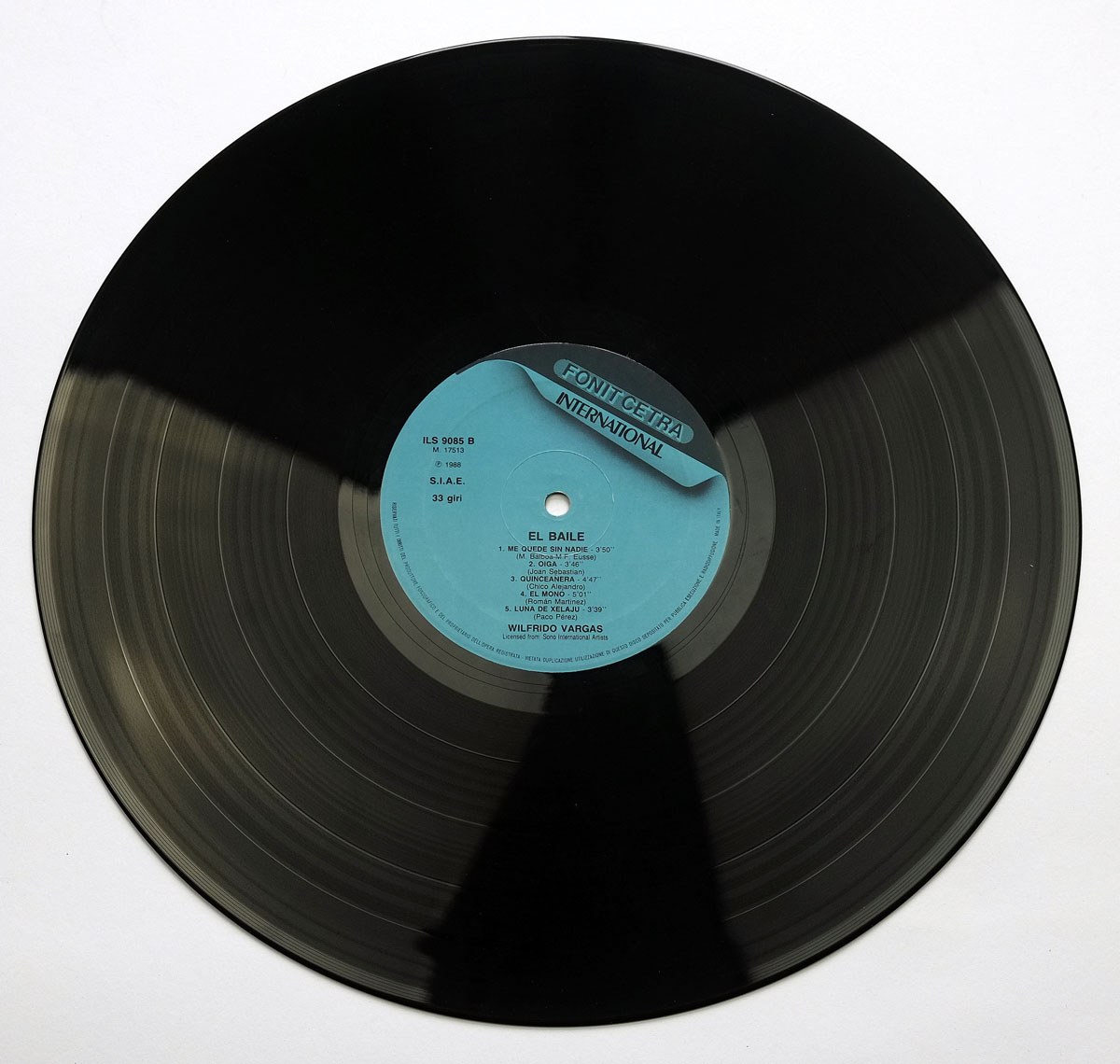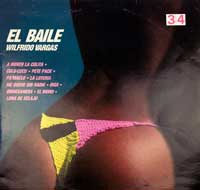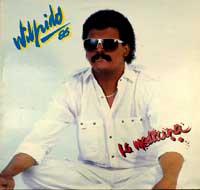Wilfrido Vargas is a Dominican musician and bandleader who is widely regarded as one of the most important figures in the development of merengue music. He was born on April 24, 1949, in Altamira, a small town in the northern part of the Dominican Republic. Vargas began his musical career at a young age and quickly rose to prominence as a singer and composer, earning a reputation as a pioneer in the merengue genre.
Merengue is a type of music and dance that originated in the Dominican Republic in the early 19th century. It is characterized by a fast tempo, a lively rhythm, and a distinctive 2/4 beat. Merengue has been influenced by a variety of musical styles, including African, European, and indigenous Caribbean music, and it has become a popular genre throughout Latin America and beyond.
Wilfrido Vargas was born into a musical family, and he began playing the accordion at a young age. He quickly developed a talent for music, and by the age of 13, he had already formed his own band. In the early 1970s, Vargas moved to New York City, where he began playing in the city's vibrant Latin music scene. It was during this time that Vargas began to experiment with different musical styles and develop his own unique sound.
In 1974, Vargas released his first album, "Wilfrido Vargas y sus Beduinos," which featured a mix of traditional merengue music and more experimental elements. The album was a commercial success and helped to establish Vargas as a leading figure in the merengue genre. Over the next few years, Vargas released a series of albums that further cemented his reputation as a pioneering musician.
One of Vargas's most important contributions to the merengue genre was his incorporation of elements from other musical styles, such as jazz, rock, and funk. This helped to broaden the appeal of merengue and attract new audiences to the genre. Vargas's music was also characterized by his innovative use of brass and percussion instruments, which gave his music a distinctive sound.
In addition to his work as a musician, Vargas is also a renowned composer and arranger. He has written many of his own songs, as well as arrangements for other artists. Vargas's music often addresses social and political issues, and he has been an outspoken advocate for social justice throughout his career.
Despite his success as a musician, Vargas has faced his share of challenges over the years. In 1988, he was involved in a serious car accident that left him with a broken neck and other injuries. He was unable to perform for several years as he recovered from his injuries, but he eventually returned to the stage and continued to make music.
Today, Wilfrido Vargas is considered one of the most important figures in the history of merengue music. His contributions to the genre have helped to shape its development and evolution over the years. Vargas has won numerous awards and accolades for his music, including several Latin Grammy Awards.
In addition to his work as a musician and composer, Vargas is also a respected academic and educator. He has taught music at several universities and has written extensively on the history and development of merengue music. Vargas's contributions to the field of music education have helped to inspire a new generation of musicians and scholars.





